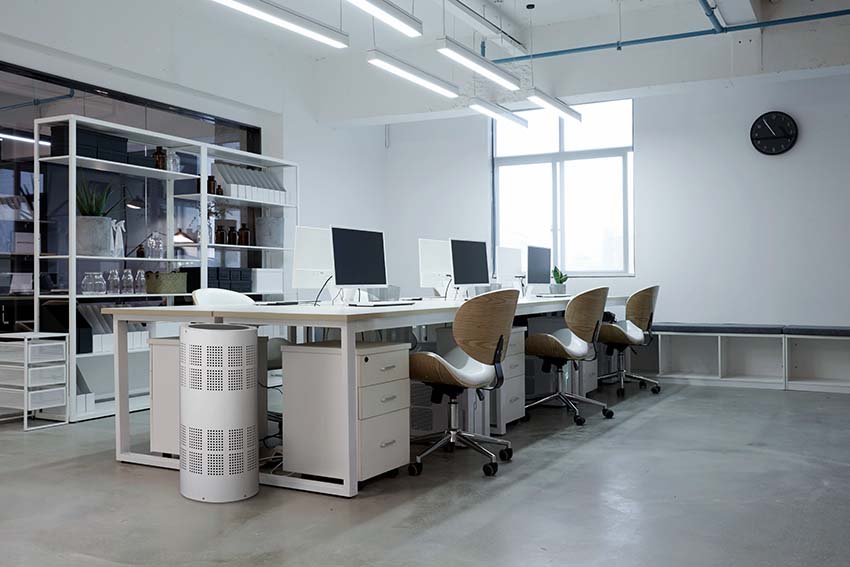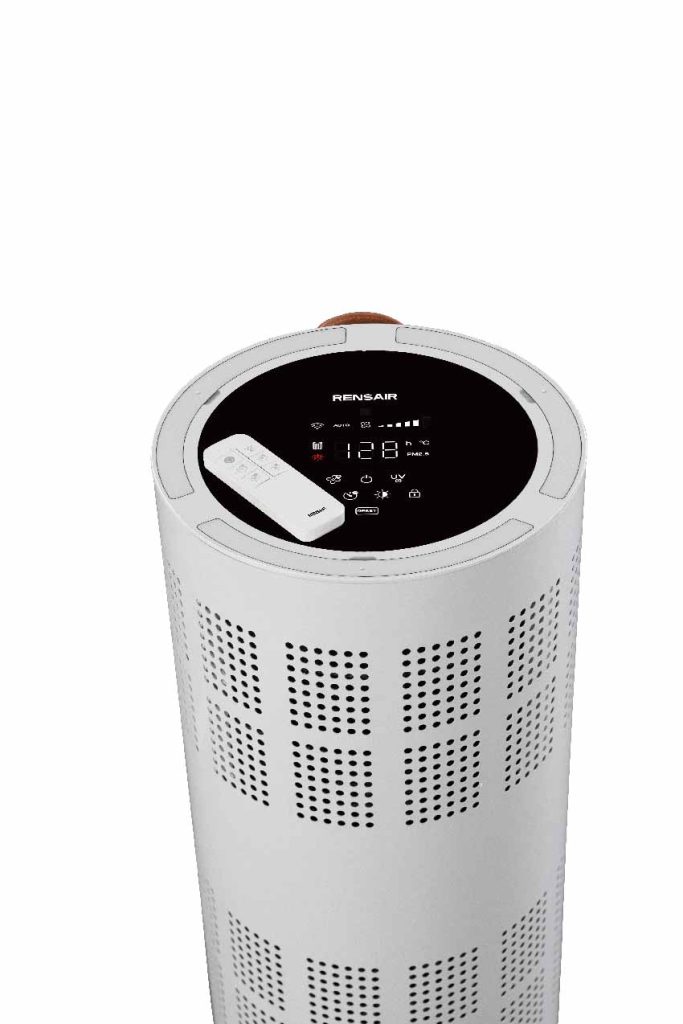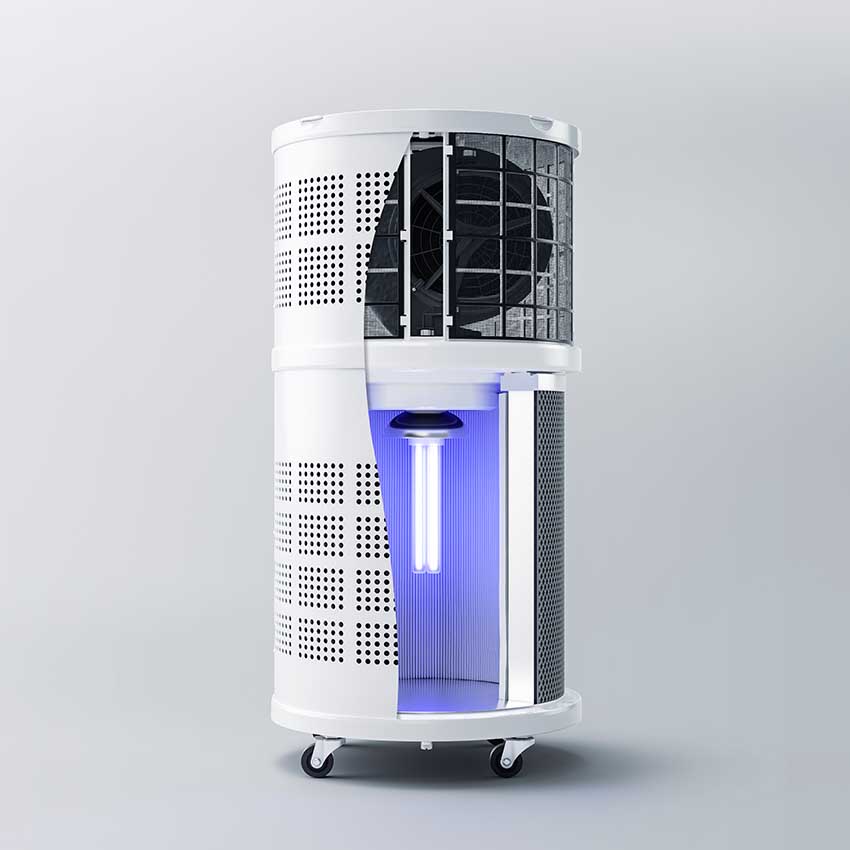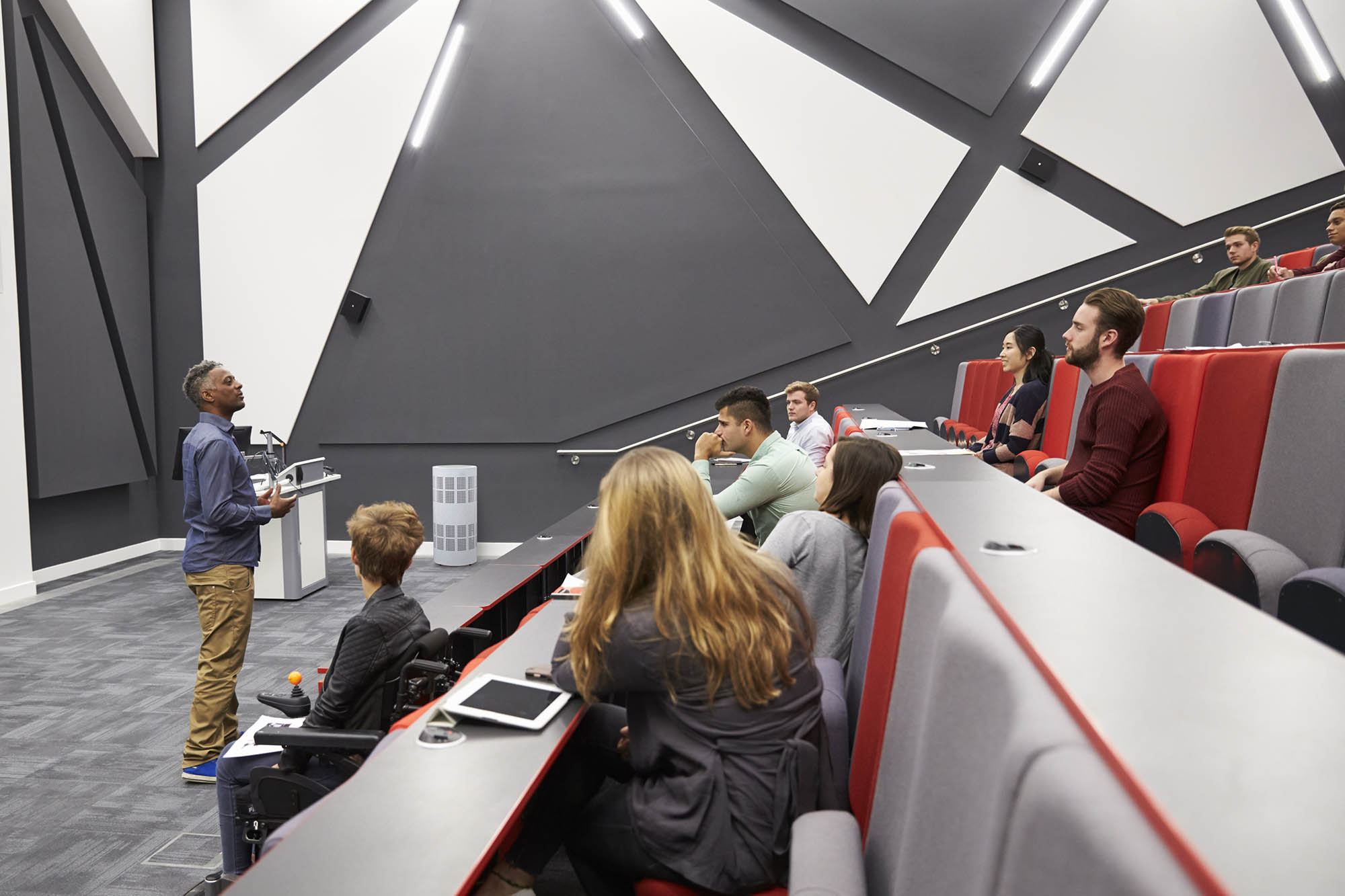Rensair is a specialist in air purification, protecting and enhancing lives through clean air. The company is the go-to solutions provider for safe and healthy indoor environments while improving energy efficiency and reducing carbon emissions.
We interviewed Christian Hendriksen and Edward Ballsdon, the Co-Founders of Rensair, about their work in transforming Indoor Air Quality management in the built environment.
Easy Engineering: We learnt that Rensair underwent a major revamp in the beginning of 2023 with regards to its offerings to the air purification and ventilation market. Where do you stand now?
Christian Hendriksen & Edward Ballsdon: Rensair has been operating in the health care sector for more than 15 years. It all started with our flagship Rensair Core air purifiers which were used in Danish hospitals for infection prevention and improving Indoor Air Quality. In the past three years we moved from one product to a multi-product setup with the addition of the sleek Rensair Compact for offices and small spaces and the Rensair Airbubbl for transport .
With time and research, we realised that Rensair technology could do more than just create healthy workspaces. Various test results showed that we could significantly reduce a building’s energy consumption, helping the achievement of Scope 1 & 2 ESG targets, thereby creating a more sustainable workspace. This is how Rensair’s first ventilation solution, called Smart Demand Controlled Ventilation (SDCV) came into being. 2023 marked the year when Rensair changed from a product-based to a solution-centric service.

This year we have rolled out our SDCV solutions to Fortune 500 companies, leading universities, law firms, public institutions, and we are expanding our client base in the built real estate environment. However, we continue to work closely with the NHS as the health care sector is still our top priority.
E.E: Tell us more about ‘Smart Demand Controlled Ventilation (SDCV)’?
C.H & E.B: Our new and improved tagline highlights that we ‘Need to rethink how buildings are ventilated’ . Buildings account for 40% of global energy consumption and carbon emissions. Of that, 40% is directly related to Heating, Ventilation, and Air Conditioning (HVAC), making it the largest cost item in a building’s operating budget.
Smart Demand Controlled Ventilation or SDCV takes HVAC efficiency to another level by simply part-substituting expensive mechanical ventilation with cost-effective Rensair air purification. This process can reduce energy consumption and a building carbon footprint by more than 40% and PM2.5 concentrations by more than 60%, thereby improving Indoor Air Quality. The whole solution can be easily and swiftly implemented with a guaranteed ROI in less than two years. Compare that with any HVAC upgrade which will take at least 2 -3 years just for the complex implementation.
Do get in touch with us to learn more about how we implement this.

E.E: Any set Rensair priorities for 2023-24?
C.H & E.B: We have a clear vision for the future which is ‘To provide safe and healthy indoor air quality solutions whilst improving energy efficiency and significantly reducing carbon emissions’. Organisations have clear ESG goals that need to be achieved by either the end of 2025, 2030 or 2050 depending on their industry. Rensair wants to align with the sustainability targets of these organisations by decarbonising their buildings, achieving energy cost savings and creating a sustainable and healthy workspace for their employees. We see this as Rensair’s contribution towards improving the environment.
E.E: Tell us about your Corporate Social Responsibility practices and how they improve the well-being of the community and society?
C.H & E.B: Many people discuss outdoor air pollution and the risk and danger it poses to the environment and to people’s health. Governments are implementing measures to address outdoor pollution, for example that caused by road transport, like incentivising the switch to more greener vehicles, creation of ULEZ zones etc. But most people are unaware of the risks posed by indoor air pollution.
US Environmental Protection Agency research shows that we spend approximately 90 percent of our time indoors, where the concentrations of some pollutants are often 2 to 5 times higher than typical outdoor concentrations. Rensair believes it has a moral responsibility, rather than a CSR, to make people and organisations aware of this threat. We work at grassroot levels with various public health, charities and not-for-profit organisations to increase Indoor Air Quality awareness and educate the health risks associated with poor Indoor Air Quality, like Asthma, wheezing, a vicious cycle of colds and coughs, other COPDs, decreased immunity and even deaths, especially with respect to young people who live in poorer areas. Such initiatives have brought significant changes in the lives and lifestyles of many families in deprived areas of the country.

E.E: What can you tell us about your future projects or initiatives?
C.H & E.B: We believe in continuous innovation, building more sustainable ventilation solutions for different requirements and needs. We are fortunate to have a highly experienced Research and Development team and hold IP and patents for some exciting new projects.
For example, we are about to start a co-development with a global train manufacturer to design an air purification system that can be retrofitted to passenger train carriages. We have designed a special filter that can be used in underground railway systems, where air quality is terrible, and we are developing an effective ceiling mounted air purifier that will be a very economical solution for poorly ventilated hospital wards.
In summary, people are rightly demanding higher air quality standards and there is a requirement to rethink the way Indoor Air Quality environments are delivered. Rensair is on the frontline to meet these needs with innovative and sustainable solutions.

